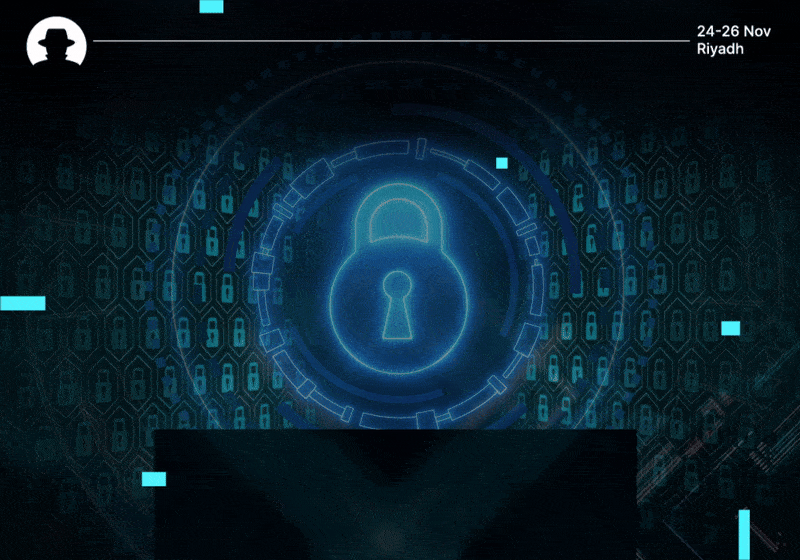
Where CFOs plan to spend – and what it means for cyber
New data shows where CFOs are putting their money – and how CISOs can position cybersecurity amid AI hype and tech transformation pressures.
Read More
Welcome to the new 75 cyber warriors who joined us last week. Each week, we'll be sharing insights from the Black Hat MEA community. Read exclusive interviews with industry experts and key findings from the #BHMEA stages.
Keep up with our weekly newsletters on LinkedIn — subscribe here.
Harvest now, decrypt later attacks.
This type of attack is emerging in response to developments in quantum computing. On the blog this week we noted the 12 key security trends that communications security firm Kiteworks identified in its 2025 forecast.
Harvest now, decrypt later (HNDL) attacks are already happening (or at least, in part). As noted by the World Economic Forum, cybercriminals are collecting encrypted data even though they don’t yet have the capabilities to decrypt it.
The threat actors conducting HDNL attacks are focusing on sensitive data with long-term value.
This includes:
Attackers steal or intercept data and then store it securely, even if they can’t read it right now. They wait for quantum computing tech to advance sufficiently to break the encryption. And then they decrypt and exploit the harvested data.
The primary driver behind HNDL attacks is the rapid advancement of quantum computing. Unlike classical computers that use binary digits (bits), quantum computers use quantum bits or qubits – which can exist in multiple states simultaneously, thanks to a phenomenon called superposition.
This quantum advantage translates to processing speeds that far outpace classical computers. Experts predict that quantum computers could potentially crack widely-used encryption methods in a matter of seconds, compared to the trillions of years it would take classical computers.
Critical sectors with long product lifetimes of up to 30 years are the most vulnerable, because data longevity is a major concern here.
Quantum computing advancements are expected to increase in a relatively short time frame going forward, as both government and private sectors continue to invest more heavily in the technology. Large-scale quantum computers aren’t available yet – but it’s predicted that they will be functional in the near future. Research by McKinsey, for example, estimates that 5,000 quantum computers will be operational by 2030.
The best way to defend against HNDL attacks now is to implement post-quantum cryptography (PQC) as soon as possible. NIST has already released new PQC algorithms in August 2024, and it’s recommended that organisations should begin the transition to quantum-resistant cryptography now.
Organisations with particularly sensitive data can also consider microsharding: the practice of breaking data into tiny fragments that are unintelligible, and distributing across numerous storage locations to make it difficult for threat access to gain access to enough of the data fragments to be able to make any sense of them.
We won’t know the full impact of HNDL attacks until quantum computing capabilities are available at scale. But the threat is real, and growing – with cybersecurity leaders widely acknowledging the dangers ahead.
So even though the outcomes of this threat might still be years away, it’s critical that organisations and cybersecurity leaders across industries act now.
Do you have an idea for a topic you'd like us to cover? We're eager to hear it! Drop us a message and share your thoughts. Our next newsletter is scheduled for 08 January 2025.
Catch you next week,
Steve Durning
Exhibition Director
Join us at Black Hat MEA 2025 to grow your network, expand your knowledge, and build your business.
Join the newsletter to receive the latest updates in your inbox.

New data shows where CFOs are putting their money – and how CISOs can position cybersecurity amid AI hype and tech transformation pressures.
Read More
In Dune, power flows to the one who can destroy a thing. In cybersecurity, attackers now hold similar leverage over identity and systems.
Read More
A contrarian take on AI in 2026: why security teams may actually need AI to become dull, predictable, and standardised – and how that shift could reduce risk.
Read More